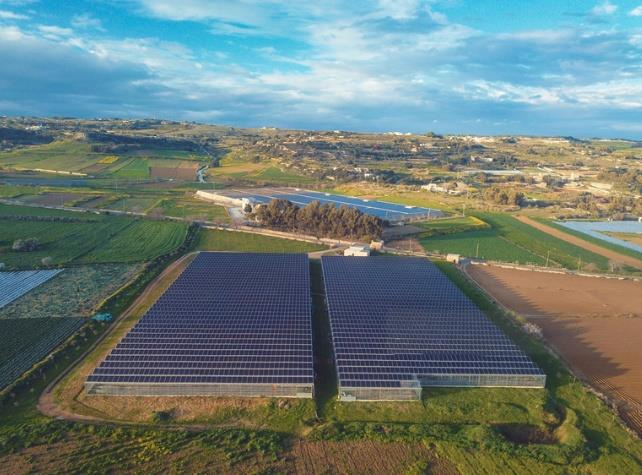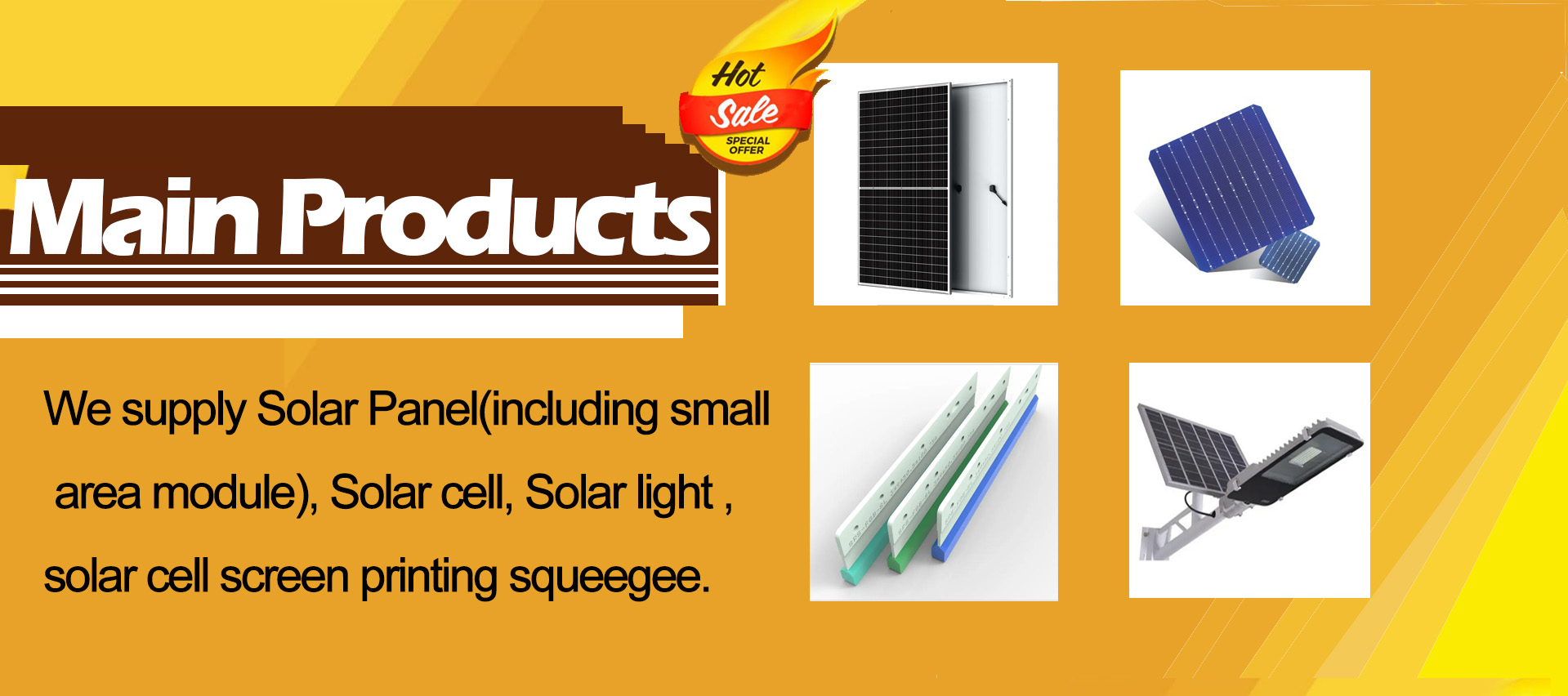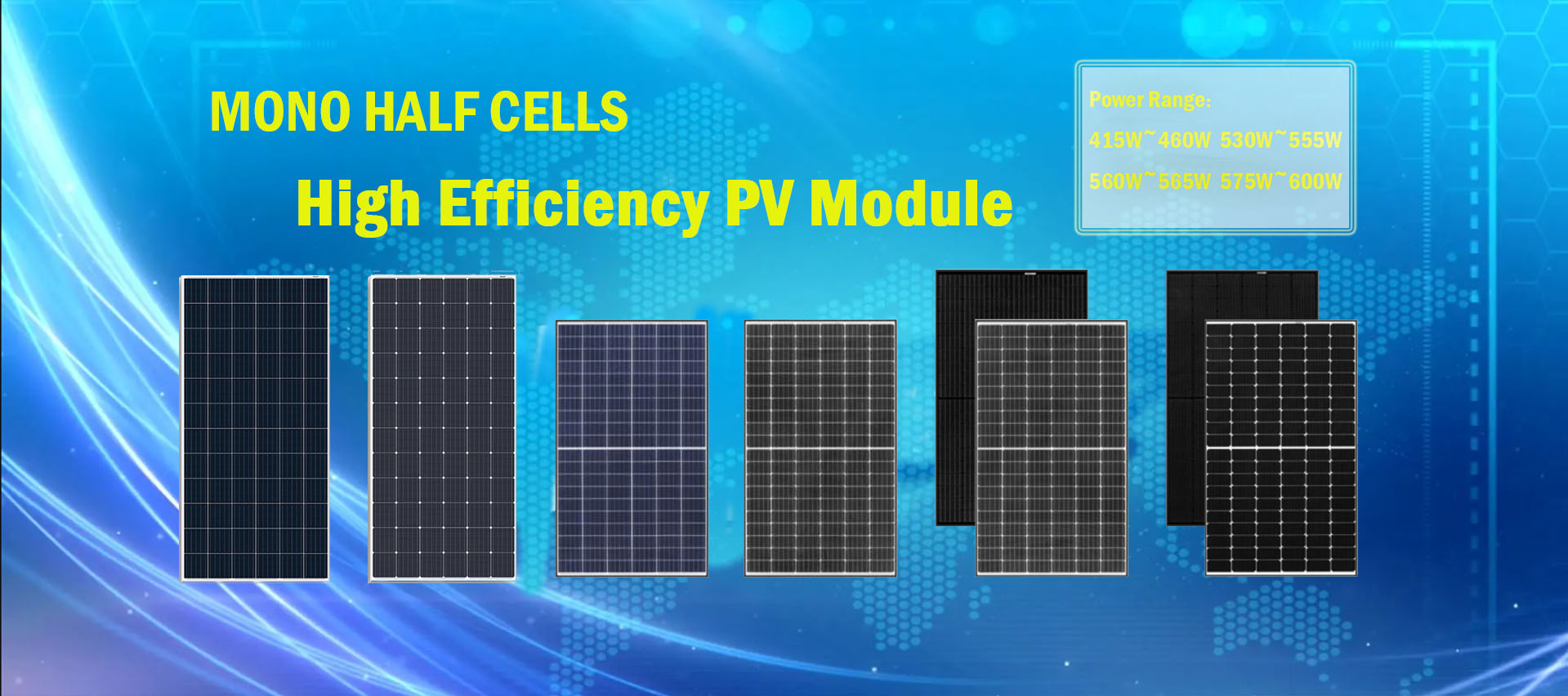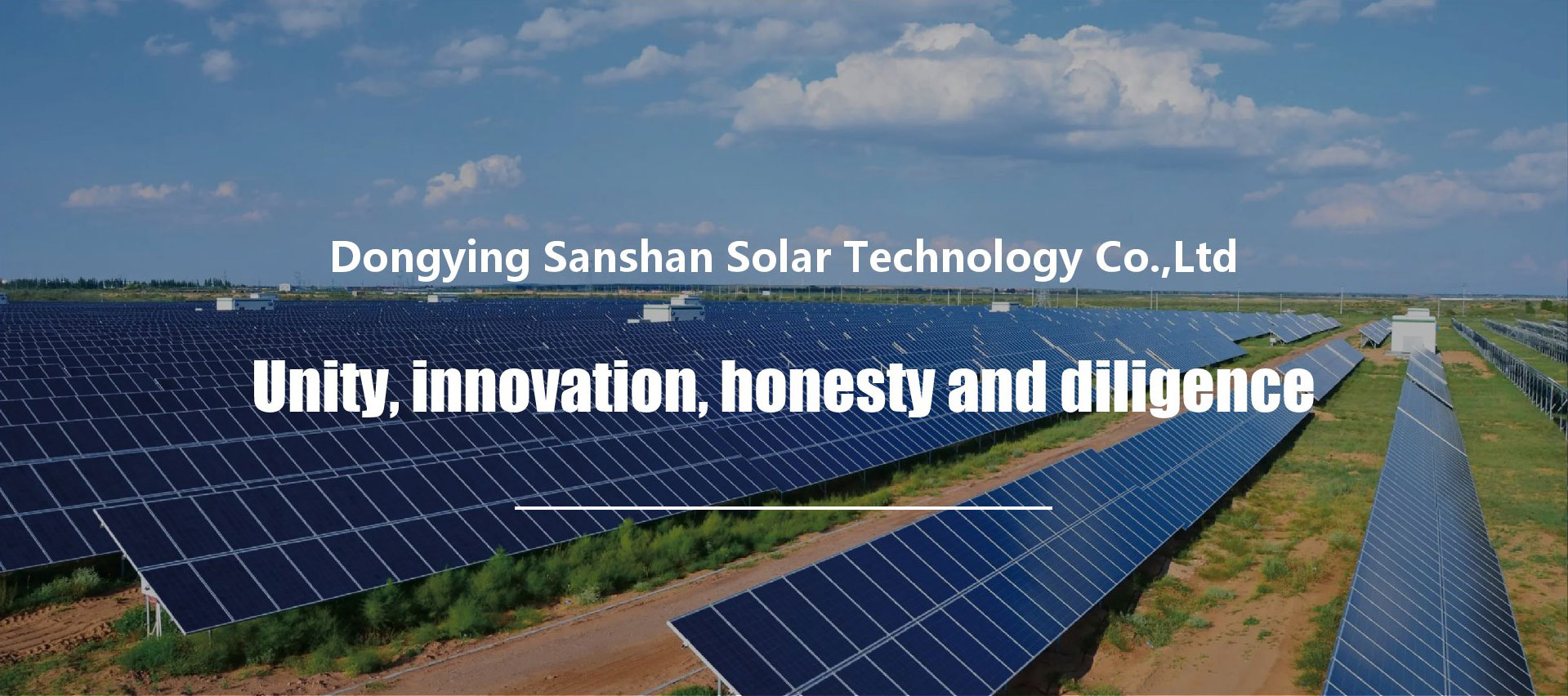
We estimate that the new global photovoltaic installed capacity in 2021/2022 will be 165/200GW respectively, the corresponding module demand will be about 198/240GW, and the demand for silicon materials will be about 58/700,000 tons respectively. Taking into account the inventory factor and the actual release rhythm of silicon material supply and demand, we expect the tight supply and demand pattern of the silicon material industry to continue until 2022.
The global new photovoltaic installed capacity will maintain rapid growth, and the new installed capacity is expected to reach 165/200GW in 2021-2022.
In 2021, domestic photovoltaics will officially enter the stage of grid parity. Under China’s “3060” target, with carbon as the anchor, it will gradually start the incremental and stock replacement of traditional thermal power; at the same time, the global photovoltaic market will continue to diversify, as countries can regenerate With the improvement of the strategic position of energy planning and the increasing attractiveness of photovoltaic project investment due to the epidemic and economic fluctuations, industry demand growth may accelerate. We predict that the global PV installed capacity will reach about 165/200GW in 2021-2022, and the average annual installed capacity in the next 5 years is expected to reach 200-250GW, corresponding to a CAGR of close to 20%, or it will be one of the industry tracks with the fastest growth in the medium and long term. 1. The growth of newly installed capacity will also drive the rapid development of the industrial chain.
The short- and medium-term supply of silicon materials is limited, and the release of production capacity is slow.
According to the data from the Silicon Industry Branch of the Non-Ferrous Metals Association, as of the beginning of 2021, the production capacity of solar-grade silicon materials is about 560,000 tons, of which the overseas production capacity is nearly 100,000 tons. Currently, although there will be production capacity in 2021, there is no actual capacity to supply. In the market. According to the announcements of various silicon plants, Tongwei Yunnan Baoshan 40,000 tons and Sichuan Leshan 35,000 tons will be put into production at the end of October 2021 and December 2021, respectively. Daquan Energy Xinjiang 35,000 tons will be put into production at the end of December 2021. The 30,000 tons of Qinghai Silicon Industry will be put into production at the end of June 2021. According to the actual operation of the silicon material plant, it will take 3-6 months from the production capacity to the stable output of a higher proportion of monocrystalline materials. Therefore, it is expected to be in 2022 The new silicon output is about 100,000 tons, totaling about 670,000 tons. If the supply of granular silicon is considered, the new silicon output in 2022 will be about 140,000 tons, and the overall supply will be about 710,000 tons.
Tight supply and demand of silicon materials may continue until 2022.
We predict that the global new installed photovoltaic capacity will reach about 165/200GW in 2021-2022. Considering the 1:1.2 capacity ratio, the global new photovoltaic installed capacity corresponding to the module demand is expected to be 198GW and 240GW. In the case of a single GW module silicon material demand of 2900 tons, the silicon material demand corresponding to the above-mentioned module scale is about 580,000 tons and 700,000 tons. The above data shows that the supply of silicon materials in 2021 and 2022 will be 570,000 tons and 710,000 tons, respectively. Considering the supply of pellets, the supply of silicon materials is still in short supply or tight balance. We expect the tight supply and demand of silicon materials will continue until 2022, exceeding market expectations.



